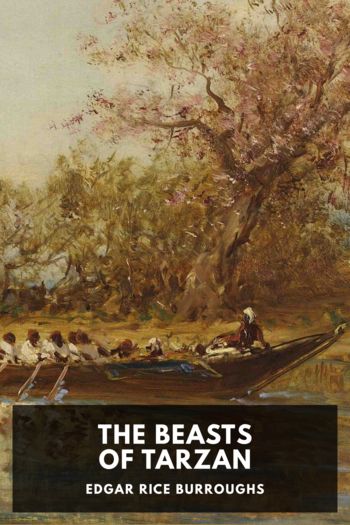Short Fiction by Edgar Allan Poe (good books for 7th graders .TXT) 📕

Description
Edgar Allan Poe is one of the primary figures of American nineteenth-century literature. His writing was heavily influenced by Romanticism ideals of emotion and feeling, and although mostly known for his Gothic-tinged horror, his tales jump between many different genres, including science-fiction, satire, humor, mystery, and even early detective fiction.
Poe mostly wrote short stories and poems, published in magazines and periodicals like the Southern Literary Messenger and Graham’s Magazine, although he also turned his hand to essays and novels (including The Narrative of Arthur Gordon Pym of Nantucket). He was one of the first American writers to pursue writing as a career, but was better received in France than in his native country. He struggled to make ends meet and resorted to work as a literary critic. His reputation suffered a further blow after his unfortunately early death in 1849 at the age of 40, when a rival not only wrote an extremely unflattering obituary, but bought the rights to his work and published a compilation with a hit piece for an introduction. This undeserved reputation took many decades to fade, but didn’t hinder praise from other notable authors including Arthur Conan Doyle and H. P. Lovecraft.
Collected here are all of Poe’s short fiction stories, in order of their original magazine publication. Notable stories include “The Gold-Bug,” “The Black Cat,” “The Fall of the House of Usher,” “The Masque of the Red Death,” “The Pit and the Pendulum,” “The Murders in the Rue Morgue,” and many more.
Read free book «Short Fiction by Edgar Allan Poe (good books for 7th graders .TXT) 📕» - read online or download for free at americanlibrarybooks.com
- Author: Edgar Allan Poe
Read book online «Short Fiction by Edgar Allan Poe (good books for 7th graders .TXT) 📕». Author - Edgar Allan Poe
April 7th.—Continued last night our astronomical amusements. Had a fine view of the five Neptunian asteroids, and watched with much interest the putting up of a huge impost on a couple of lintels in the new temple at Daphnis in the moon. It was amusing to think that creatures so diminutive as the lunarians, and bearing so little resemblance to humanity, yet evinced a mechanical ingenuity so much superior to our own. One finds it difficult, too, to conceive the vast masses which these people handle so easily, to be as light as our own reason tells us they actually are.
April 8th.—Eureka! Pundit is in his glory. A balloon from Kanadaw spoke us today and threw on board several late papers; they contain some exceedingly curious information relative to Kanawdian or rather Amriccan antiquities. You know, I presume, that laborers have for some months been employed in preparing the ground for a new fountain at Paradise, the Emperor’s principal pleasure garden. Paradise, it appears, has been, literally speaking, an island time out of mind—that is to say, its northern boundary was always (as far back as any record extends) a rivulet, or rather a very narrow arm of the sea. This arm was gradually widened until it attained its present breadth—a mile. The whole length of the island is nine miles; the breadth varies materially. The entire area (so Pundit says) was, about eight hundred years ago, densely packed with houses, some of them twenty stories high; land (for some most unaccountable reason) being considered as especially precious just in this vicinity. The disastrous earthquake, however, of the year 2050, so totally uprooted and overwhelmed the town (for it was almost too large to be called a village) that the most indefatigable of our antiquarians have never yet been able to obtain from the site any sufficient data (in the shape of coins, medals or inscriptions) wherewith to build up even the ghost of a theory concerning the manners, customs, etc., etc., etc., of the aboriginal inhabitants. Nearly all that we have hitherto known of them is, that they were a portion of the Knickerbocker tribe of savages infesting the continent at its first discovery by Recorder Riker, a knight of the Golden Fleece. They were by no means uncivilized, however, but cultivated various arts and even sciences after a fashion of their own. It is related of them that they were acute in many respects, but were oddly afflicted with monomania for building what, in the ancient Amriccan, was denominated “churches”—a kind of pagoda instituted for the worship of two idols that went by the names of Wealth and Fashion. In the end, it is said, the island became, nine tenths of it, church. The women, too, it appears, were oddly deformed by a natural protuberance of the region just below the small of the back—although, most unaccountably, this deformity was looked upon altogether in the light of a beauty. One or two pictures of these singular women have in fact, been miraculously preserved. They look very odd, very—like something between a turkey-cock and a dromedary.
Well, these few details are





Comments (0)